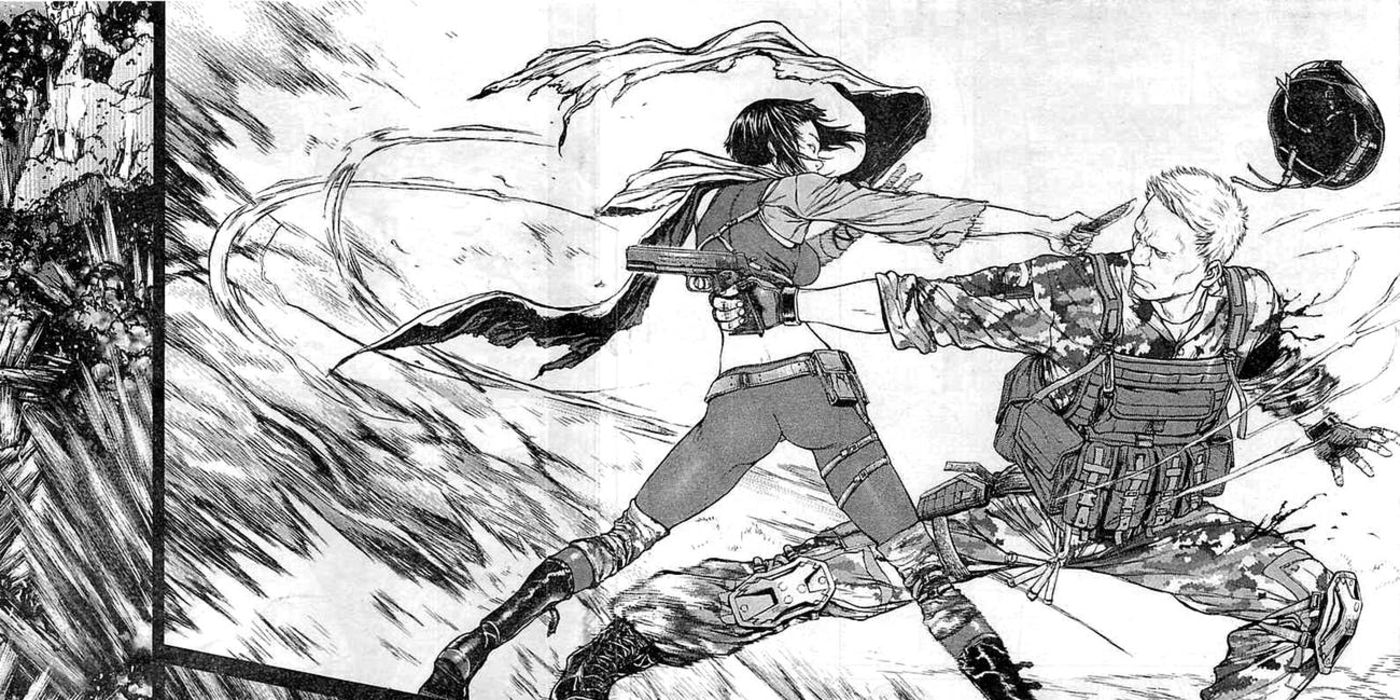
Ghost in the Shell (2017) was primarily based on the 1995 Ghost in the Shell animated adaption of Standalone Complex. Its anime counterpart is one of the most famous anime films released. Its head-scratching philosophical concepts and vivid cyberpunk world have inspired other works such as James Cameron's Avatar and The Wachowskis' Matrix trilogy. The whole Na'avi avatar concept has many similarities to cyberbrains, and computers taking over the world in The Matrix has similarities to the villain the Puppet Master.
But, like most live-action anime adaptions, somehow the main points of the anime and manga got lost in translation from Eastern to Western, putting Ghost in the Shell (2o17) in the live-action anime adaption graveyard next to Death Note. But, how off from the infamous manga by Shirow Masamune was this flop? Let's take a look at what changed!
10 Motoko's Name And Personality Are Changed

Scarlet Johansson's casting as Motoko sparked weeks worth of controversy as she's a white woman portraying a Japanese character. Though the movie played it off as she's half Japanese, they furthered the non-canonical backstory by giving her a more American name, Mira Killian, the only resemblance being the first letters of the first and last name. Though she finds out her name is actually Motoko Kusanagi later in the film, the majority of the run time, she has this new name.
As with the 1995 version, Motoko is also far more serious and sullen. In the manga, she's nearly a completely different person. She's far more lively and sassy, trading insults with her group including constantly calling Aramaki "ape face."
9 The Film Goes Into A Non-Canon Account of Motoko/Mira's Past
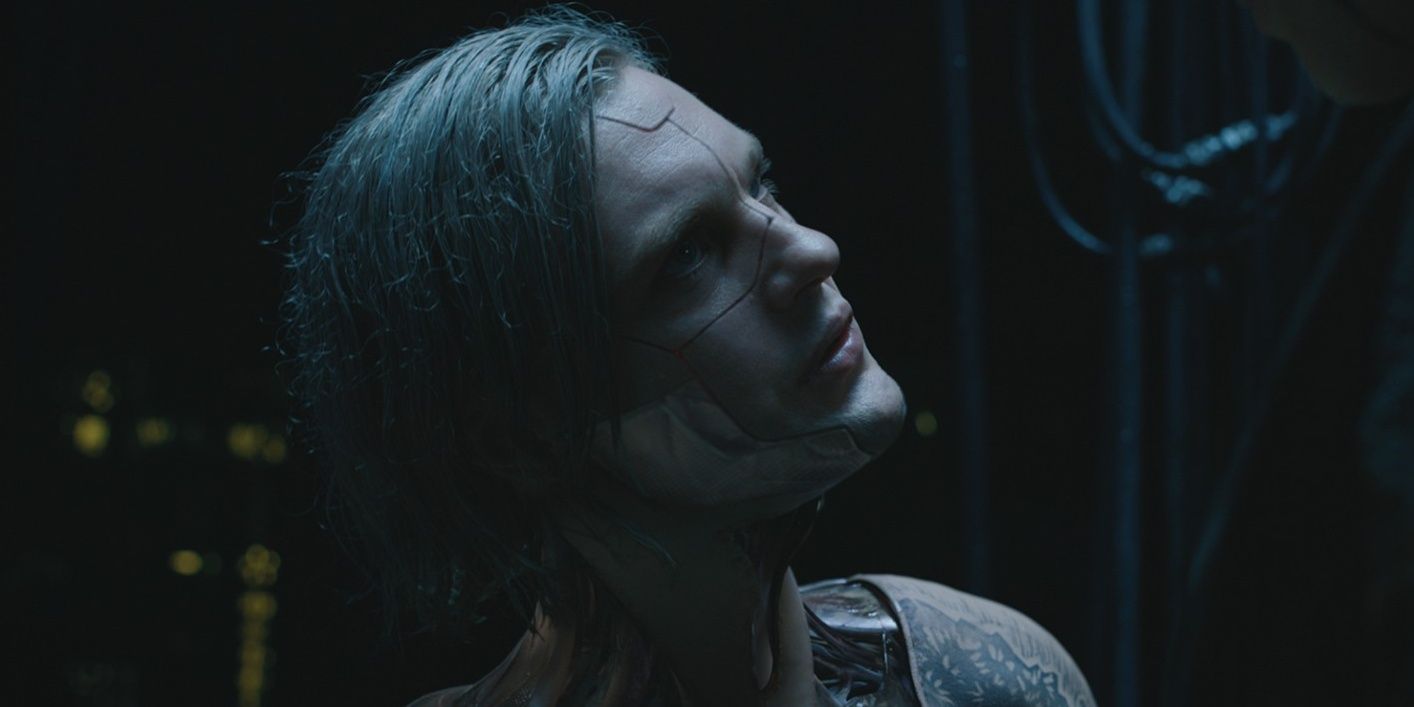
The film really went off the deep end when it delved headfirst into a Jason Bourne-like plot about Motoko's past. In the manga, it's mentioned that she had an accident as a child that made it necessary to become a cyborg. In the 2017 film, she ran away from home and was an anti-augmentation radical. She was captured at her hideout, as were other members of her group, and then used as cyborg test subjects. To keep them compliant, their memories were erased. In the manga, none of this happened. There was no dark secret to cyborgs. They're only a minority.
8 Motoko's Sexual Orientation
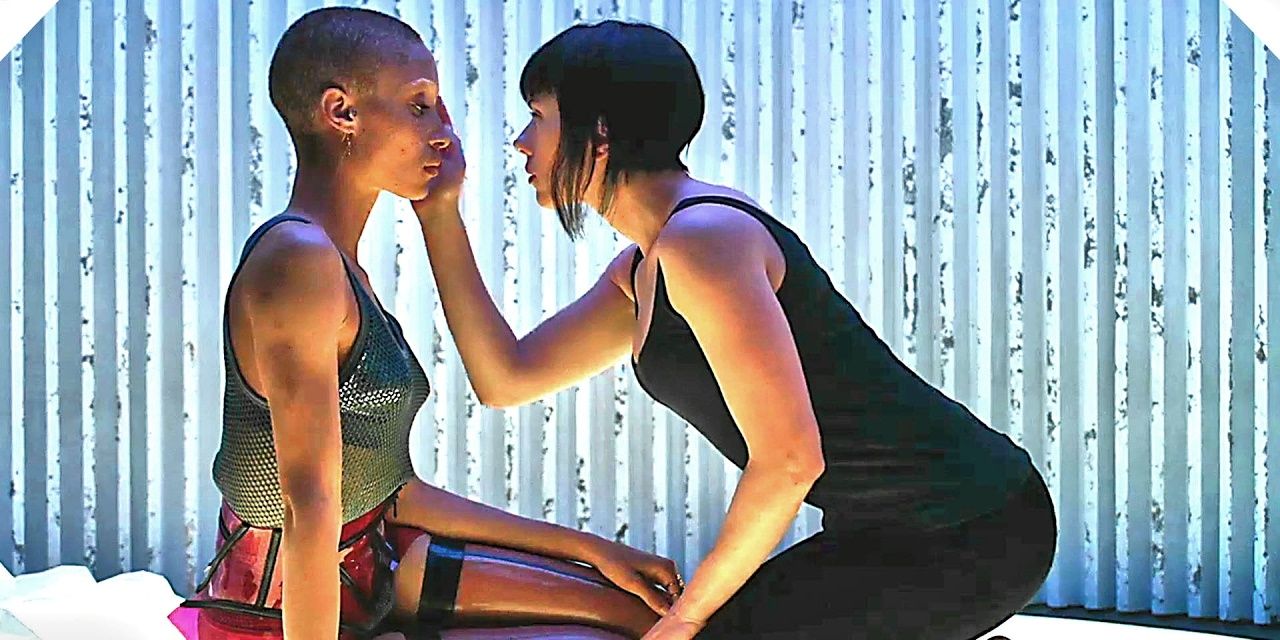
The Ghost in the Shell manga featured far more sexual content in the movie. Motoko was originally bisexual. She had a boyfriend from Section 1 during the latter half of the story, and, at one point, she had a lesbian orgy with two cyborgs that was so explicit it was actually censored out of the American edition. According to manga, it's less painful for cyborgs to have homosexual sex (or e-sex, as it's known among cyborgs) as opposed to heterosexual sex since their organs are the same. But, obviously, this aspect of cyborg of life did not make it into the film.
7 The Genre Has Changed

Ghost in the Shell 2017 is heavily based on the anime adaptions more than the manga. Both the 1995 movie and the manga are more psychological thrillers, contemplating the complexities of human consciousness and what it means to be human. It poses questions like "can consciousness only be unique?" and "are you no longer human if you don't have a human body?" The 2017 version hardly touches on any of that. It's far more focused on kickass cyborg action sequences than existential philosophy, which is only the point of the original story.
6 New Villain And Accomplice
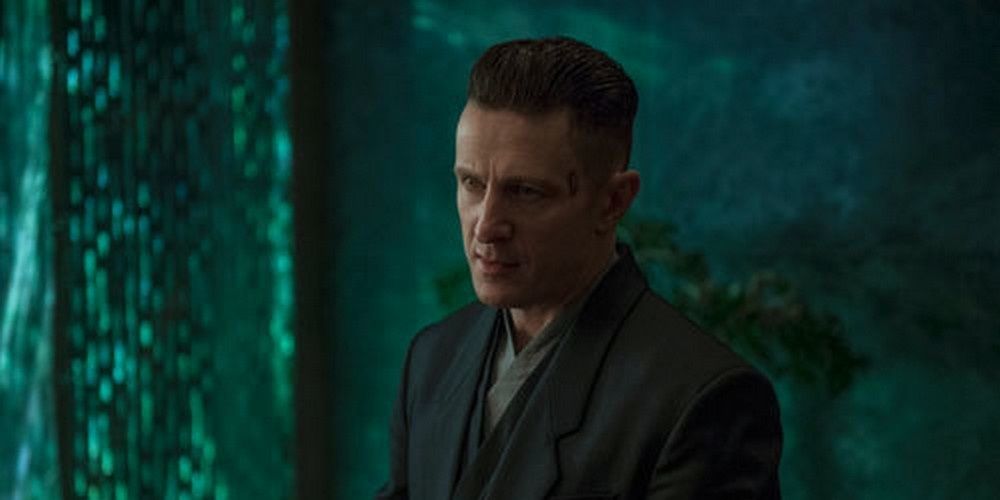
Cutter (Peter Fernando) and Dr. Ouelet (Juliette Binoche) are not in the manga at all. They were solely created for the film, and, in this adaption, involved in creating cyborgs, Motoko being their first success and Kuze being a massive failure.
Dr. Ouelet was the first person to put a human mind into a cyborg, which is very different than the manga where cyborgs have been around for quite some time. Cutter steals the role of antagonist away from the Puppet Master, becomes a Western action film typical greedy rich guy who just wants to profit at the expense of the suffering of others.
5 Batou's Eyes
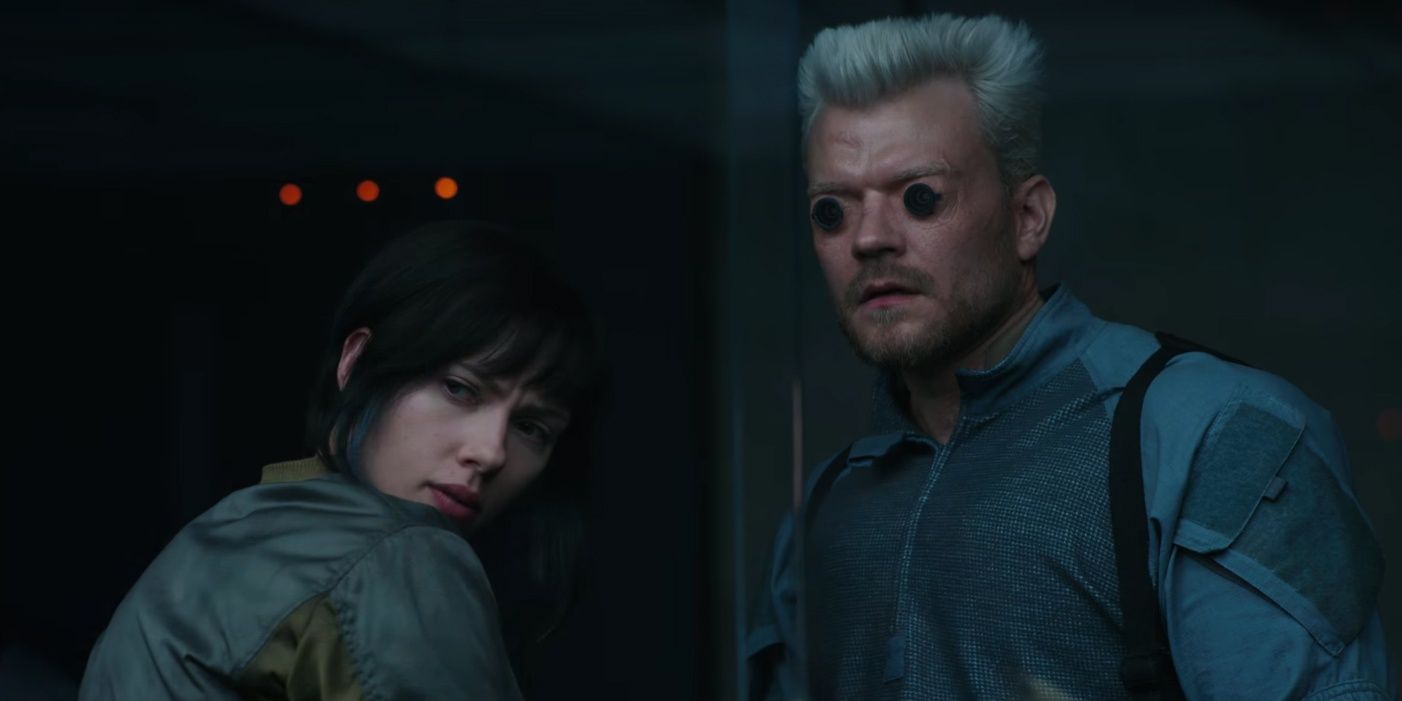
In the manga, Batou has had cybernetic eyes since before the story began, and their origins aren't expanded upon, thus furthering the idea that in this time period cybernetics are so commonplace that people hardly think anything of it to see someone with goggle-like eyes.
In the 2017 movie, at the beginning of the film, Batou has normal eyes, and it isn't until during a mission that his eyes are destroyed in an explosion and he has to have cybernetic replacements. The eyes in the live-action version look far more odd than in the manga or animated adaptions. It seems there was some loss in translation from drawing to live-action.
4 Togusa
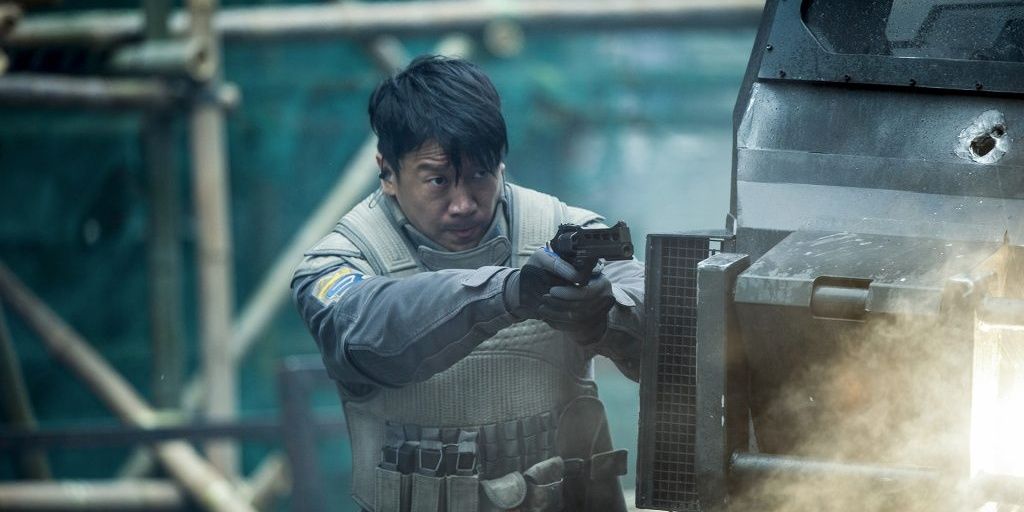
Togusa's design has been changed. In the manga, he was one of the most Western-looking characters, but in the 2017 version, though he keeps his signature mullet, he is Japanese but with a British accent. Fortunately, he still has his most signature trait which is the fact that he has no cybernetic enhancements, nor does he want any.
His personality resembles closer to the 1995 film as opposed to the manga, and his family didn't make any appearances. Despite these differences, he's actually one of the closer portrayals in this adaption as his role in the original plot is closer than anyone else's.
3 Daisuke Aramaki
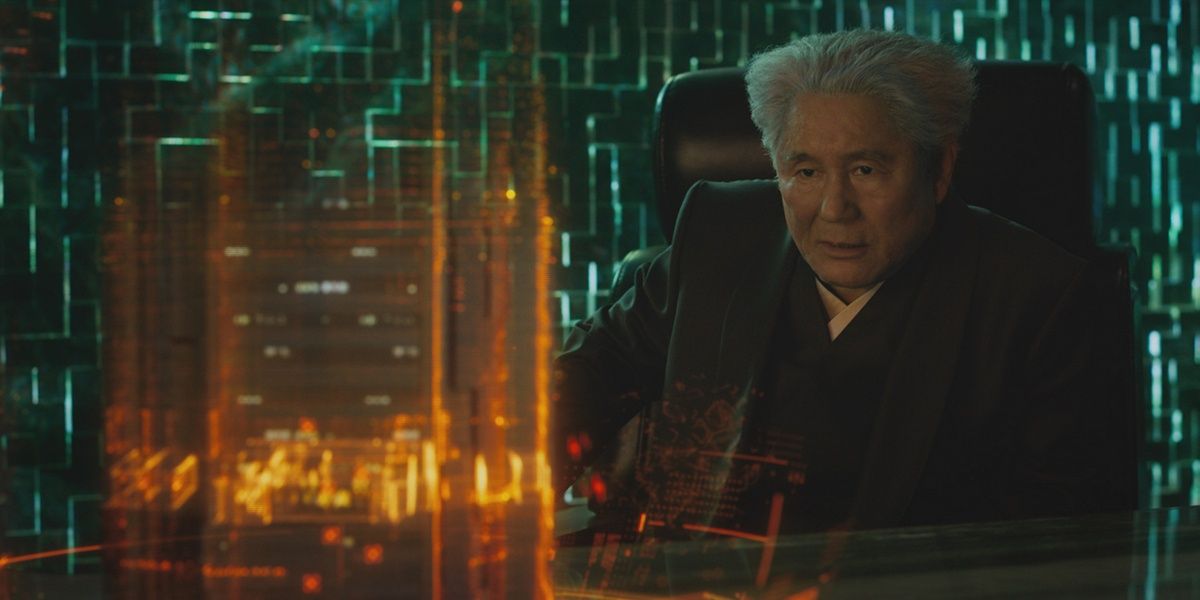
Lieutenant Colonel Daisuke Aramaki is a strict chief of Section 9, but he puts everything on the line to keep Section 9 safe. Aramaki has an ape-like face in the manga that did not make it into manga or live-action adaptions, including the 2017 version.
In the manga, Major Kusanagi would call him "ape face" or "old ape." Also, in the 2017 version, he seems to be the only person to speak Japanese, yet he understands everyone else and everyone understands him. So, this allusion to the story's source seemed very strange.
2 Kuze/The Puppetmaster
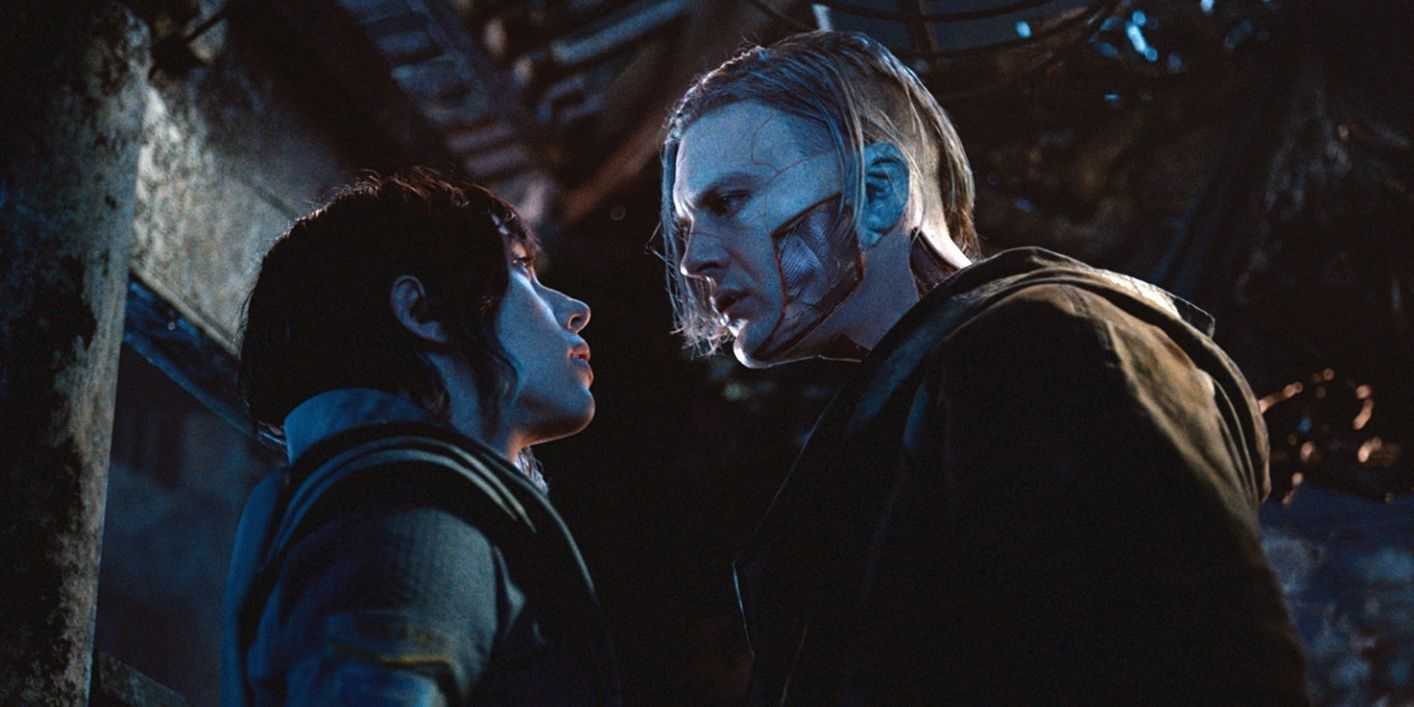
The Puppet Master is the cyber-hacking villain of Ghost in the Shell. It was created as a tool to manipulate politics and intelligence by an American doctor and head of a research center focus on artificial intelligence. This government project gone wrong makes a lot of trouble for everyone in the futuristic world of the original manga.
In the 2017 version of Ghost in the Shell, he's not even called the Puppet Master, but his name is Kuze. Hideo Kuze didn't even appear in the manga. He was created for Masamune Shirow's Stand Alone Complex 2nd Gig anime series. In the anime series, he has a connection with Motoko which is then changed and expanded upon in the 2017 version. This character doesn't have anything to do with the manga but it was created by the mangaka Shirow.
1 The Plot Is Nearly Completely Different
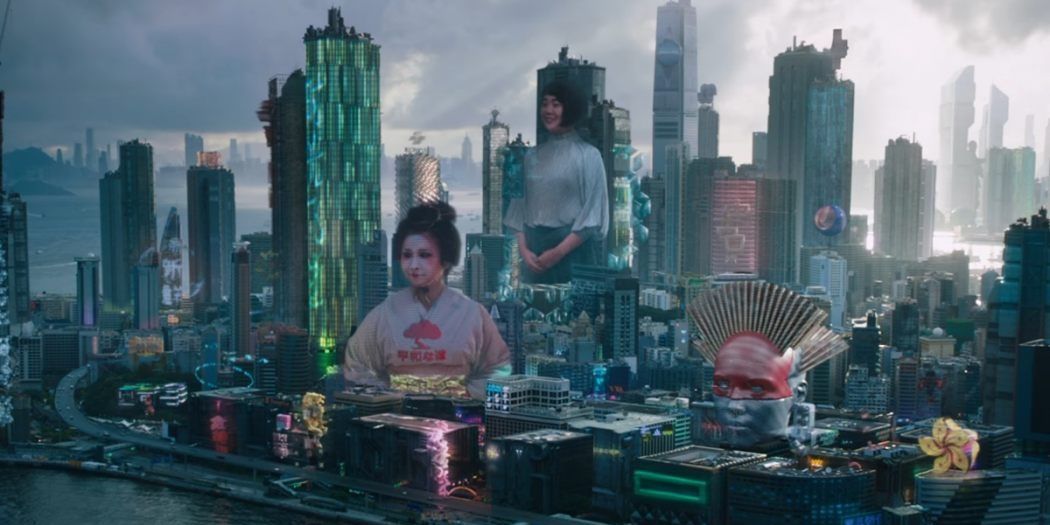
The movie is a hybrid of the 1995 Ghost in the Shell and Stand Alone Complex. It borrows elements from each of these series, tosses in a dash of Jason Bourne, and then its own Westernized elements. Especially for fans of the manga, this is an extremely poor adaption, as it tosses out most of what the manga was about.
It has a nearly completely new plot, relying on Western storytelling cliches and tossing out most of what made it unique and such a hit for Eastern and Western readers. Some day filmmakers will get it through their heads that Westernization of Eastern films makes bad movies, but that definitely is not the case in this current day and age.
Add Comments